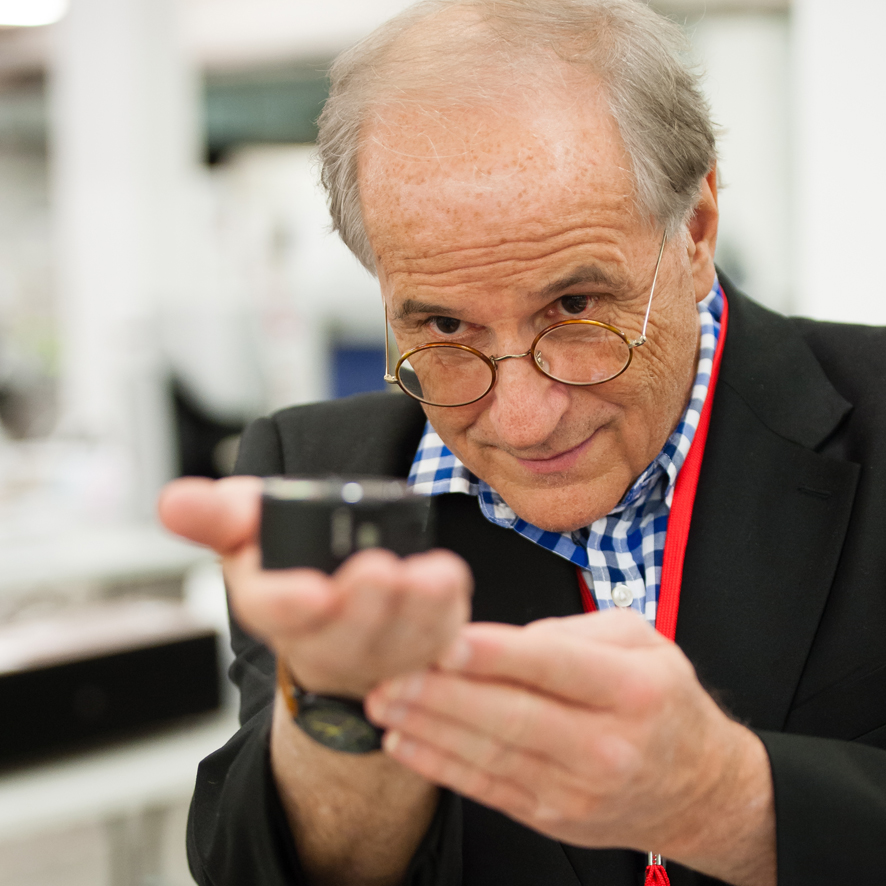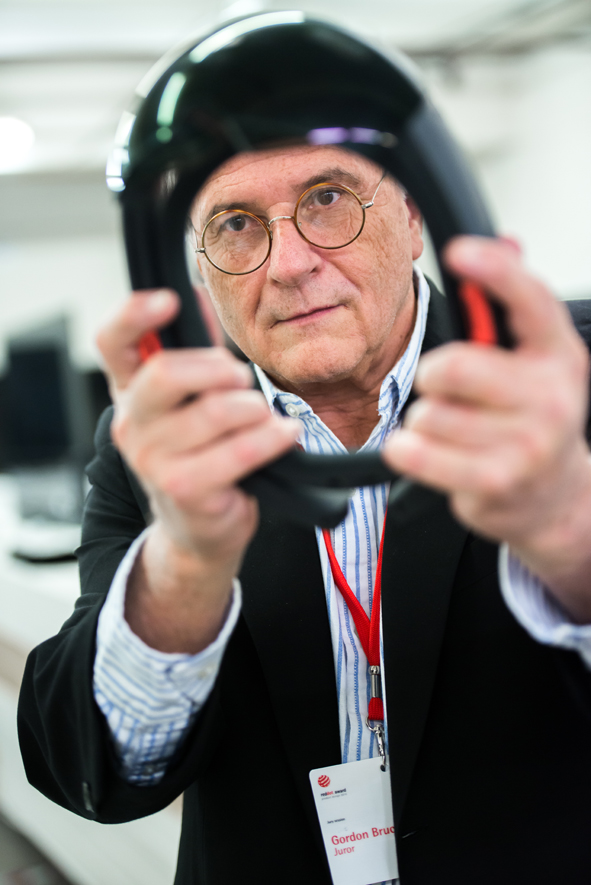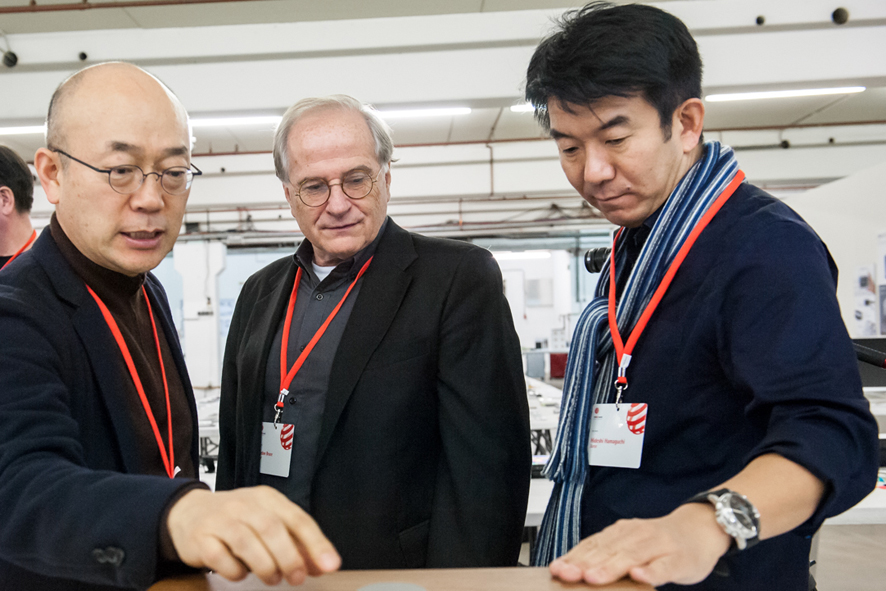“Well-designed products result from the inside out”: interview with Red Dot juror Gordon Bruce
At the heart of the Red Dot Award: Product Design is its jury. With their specialist knowledge, some 40 recognised experts from around the world guarantee the high quality standards and thus the value of the Red Dot seal. Soon, they will gather again in order to test, discuss and assess every single entry in an evaluation process lasting several days. Part of the expert panel in 2017 will be Gordon Bruce, who knows about the importance of good design for the success of a product: “More and more companies are learning that a well thoughtout design is not only achievable but necessary in order to be competitive.”
Gordon Bruce is the owner of Gordon Bruce Design LLC and has been a design consultant for 40 years working with many multinational corporations in Europe, Asia and the USA. He has worked on a very wide range of products, interiors and vehicles – from aeroplanes to computers to medical equipment to furniture. From 1991 to 1994, Gordon Bruce was a consulting vice president for the Art Center College of Design’s Kyoto programme and, from 1995 to 1999, chairman of Product Design for the Innovative Design Lab of Samsung (IDS) in Seoul, Korea. In 2003, he played a crucial role in helping to establish Porsche Design’s North American office. Gordon Bruce is a visiting professor at several universities in the USA and in China and also acts as an author and design publicist. He recently received Art Center College of Design’s “Lifetime Achievement Award”. In an interview with Red Dot, the design expert explains among others what is essential for good design.
Red Dot: What is the difference between good and bad product design?
Gordon Bruce: Well-designed products result from the inside out. That is, well-designed products result from solving all the important issues that enable a product to accommodate its users in the most comfortable and natural way possible while performing tasks and achieving goals with good results in the most effective and efficient way possible.
How would you describe your work as a designer?
I always begin by asking myself, what are the key design performance issues that are at the heart of the concept and how do I fit the task to the user and prevent them from having to compensate for possible shortcomings of the concept.
Which developments would you like to see in product design in the future?
I would like to see design education rethought, redesigned and improved. In some areas necessary skills for attaining good judgement have been discarded in favour of technological expediencies.


